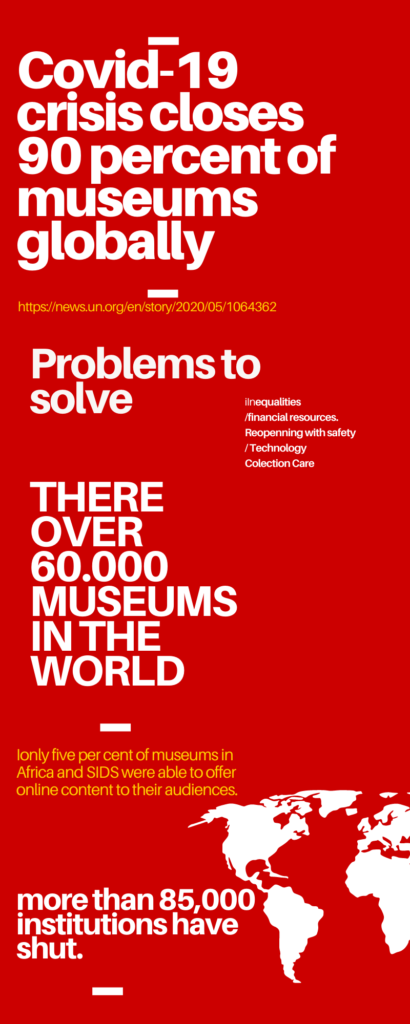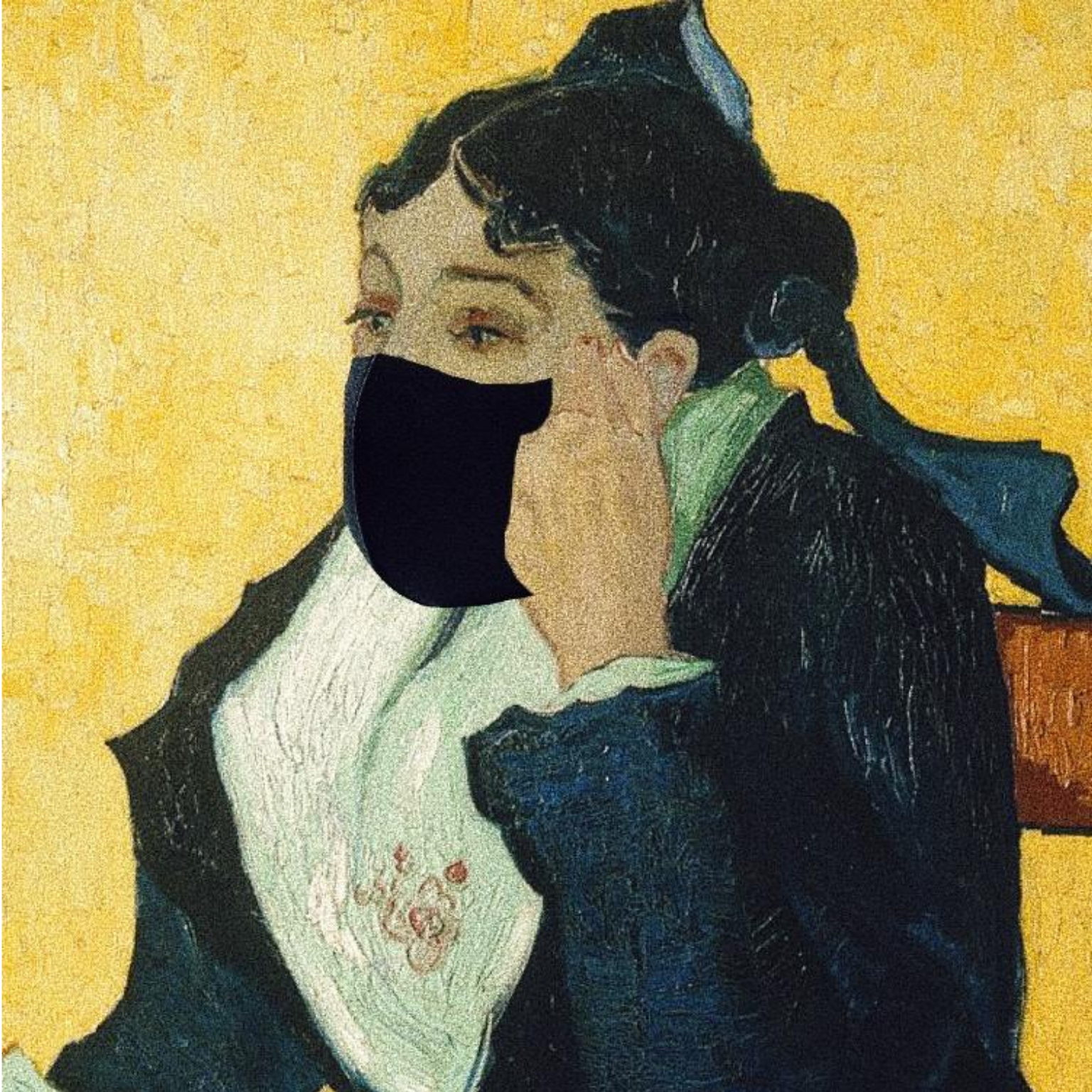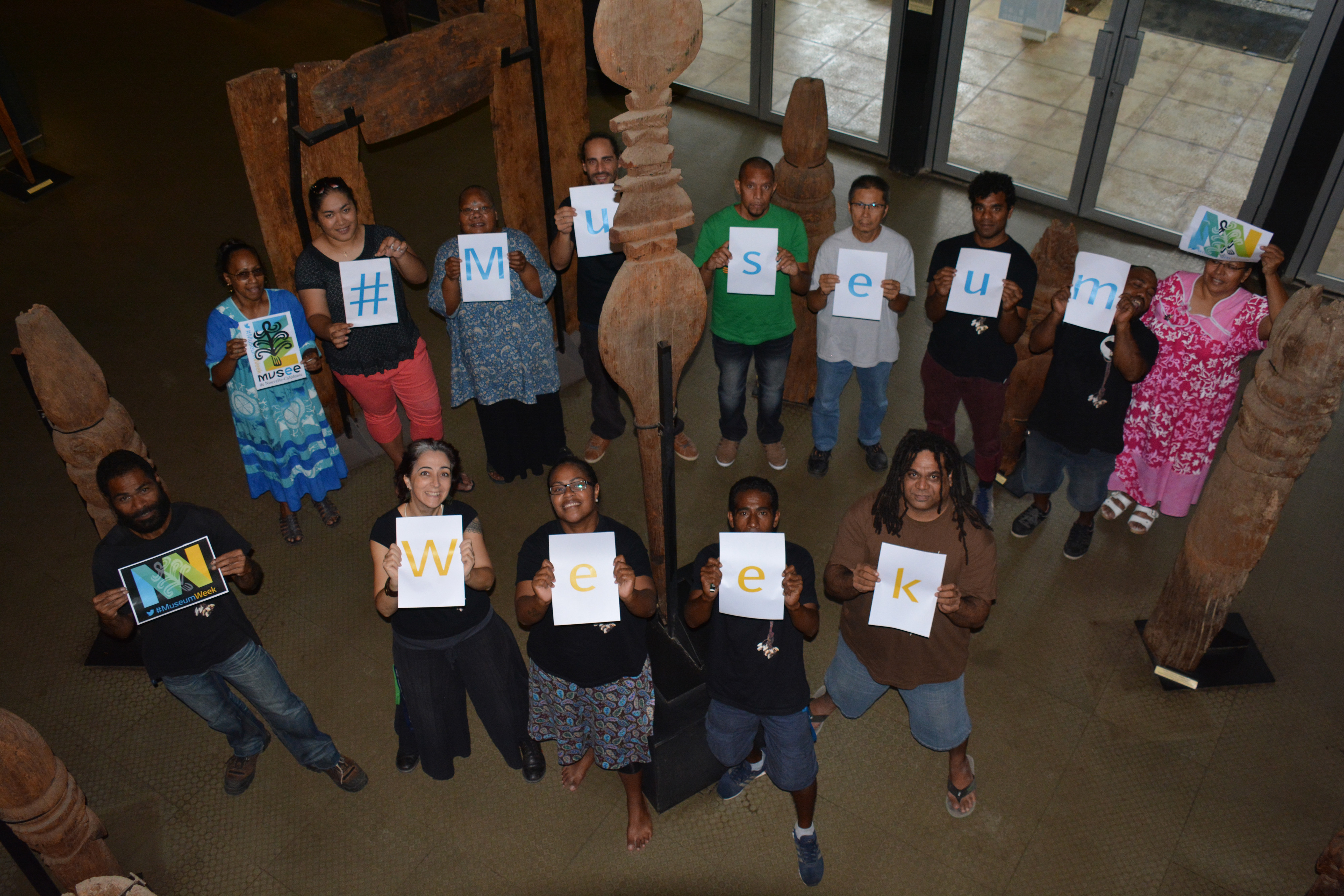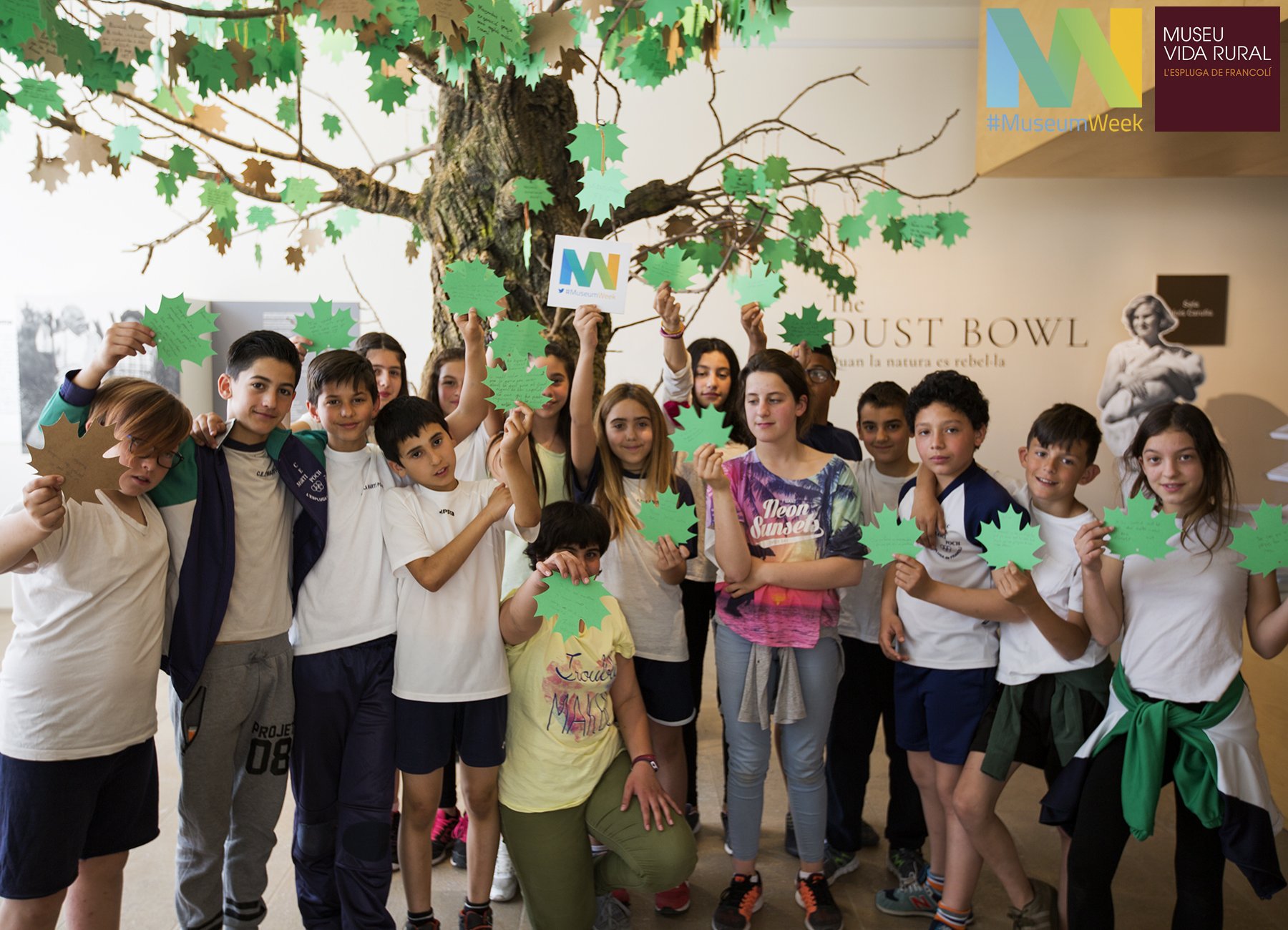L’Arlésienne: Madame Joseph-Michel Ginoux (1848–1911), Vincent van Gogh (with mask by Nathalia Reys)
How does your institution have been thinking about the care of collections during the pandemic of covid-19? What measures should be taken to reopen our spaces? Here are some tips for reopening museums, such as the care in handling the collection, recommendations for public buildings and receptioning of the public.
Part of the preventive conservation is to map all possible direct or indirect damage to the collection, especially now with such challenging times such as the context of the covid-19 pandemic. Talk about preservation is to mention a set of actions that will reflect the macro and the micro environment. The following tips can guide managers when it comes about opening spaces, as well as the technical team that deals directly with collections and/or the public.
COLLECTIONS CARE
Although researches on the covid-19 virus (Sars-Cov-2) are limited, studies of other similar coronaviruses indicate that environmental conditions, such as temperature, relative humidity, pH and the presence of UV radiation, do affect how long viruses persist on a surface. The effects are often complex and based on laboratory research that may not reflect conditions in collection spaces.
It is known that at room temperature, the Sars virus, Sars-Cov, remains on objects from 6 to 9 days. This is what is known about covid-19 which has not undergone as many tests as previous coronaviruses. Smooth surfaces such as metals and hard plastics, show greater persistence of the virus, allowing more contamination, unlike porous surfaces such as paper and textiles.

Objects that have been handled recently can be quarantined from 6 to 9 days. Depending on the support, clean with deionized water (or filtered, if deionized water is not available) and neutral detergent. Rinse with deionized water after. Of course, this procedure will not be recommended for all materials, so consider only those that may undergo such treatment. In the case of prints, books or documents, leave them in quarantine.

Disinfecting collection objects or cultural heritage is not recommended. What can be done is to quarantine them. Current times require some adjustments in daily actions, including storage of the collection and suspend visitors requests. Some temporary changes should take place when it comes about respecting the loan protocols made by the public. When the collection is returned, it is better to keep it isolated, in quarantine.
If you do not have a space for quarantine, or if it is not available, return the collections to the place of permanent custody and try to store them separately from other collections. In case of receiving incoming materials while wearing PPE (minimally gloves and masks), develop a method for tracking items when they go into isolation and when they are ready to be moved out.
It’s known that it is not the reality of many institutions, but the most appropriate way to maintain the safeguarding of the collection, is to maintain a controlled climate and monitoring of storages through measurement equipment that can offer the data information weekly, such as data loggers. If possible, keep in touch with security and cleaning staff. They are the true heroes right now!
The storage spaces of the collections must be designed to respect the integrity of the objects, however, you could use a vacuum cleaner in those spaces. Storages have cleaning procedures that are different from other common workspaces. The space used to treat the collection, as well as the conservation room, can be cleaned with disinfectants and alcohols. Please, do not forget to always use personal protective equipment, no matter what space you’re disinfecting.
MAIN CHALLENGES
The scenario remains worrying for museums and cultural institutions. Many will find it difficult to support themselves financially. European museums have already started to reopen their spaces in july. A study by UNESCO showed a worrying and unequal reality of museums around the world. It’s time to think about more inclusive actions, providing access to culture for those who need it most.
In Brazil, although museums are still closed, institutions have been increasingly approaching their public through social networks. There are countless different actions and narratives for different audiences, from films to webinars.It is encouraging to evaluate the actions, however, there are still 14.9 million households without internet access. The Pesquisa Nacional por Amostra de Domicílios Contínua – Tecnologia da Informação e Comunicação (Pnad Contínua TIC) 2018, released by the Instituto Brasileiro de Geografia e Estatística (IBGE) shows that one in every four people in Brazil does not have access to the Internet, and the higher the level of education, the greater the use of the Internet.

It is not new that one of the sectors most affected during the pandemic is the cultural sector. According to IBGE data from 2018, about 5 million people work in the Brazilian cultural sector. They represent 5.7% of the employed population in the country. According to a 2017 estimate, part of the “Economic Atlas of Brazilian Culture”, launched by the Ministry of Culture, the sector was responsible for 2.64% of GDP (Gross Domestic Product).
It is unclear what percentage of museums will survive the pandemic and the lack of public funding. What is known is that the matter is urgent. It is difficult to talk about care for the collection in such an uneven panorama.
Museums have already shown their importance in times of crisis, it is no wonder that in the post-war period, in 1946, by encouragement of UNESCO, the International Council of Museums (ICOM) was created. A good way to continue to work with society, is to make educational materials available, in the physical and / or virtual spaces of the museum, informative campaigns in order to prevent the spread of covid-19. Interactive programs to involve museum audiences.
Museums are essential for society, especially in troubled periods like this. Museums show themselves as spaces of welcoming, experiencing and exchanging knowledge.
Credits
L’Arlésienne: Madame Joseph-Michel Ginoux (1848–1911), Vincent van Gogh (with mask by Nathalia Reys).
Infographics by Nathalia Reys.



